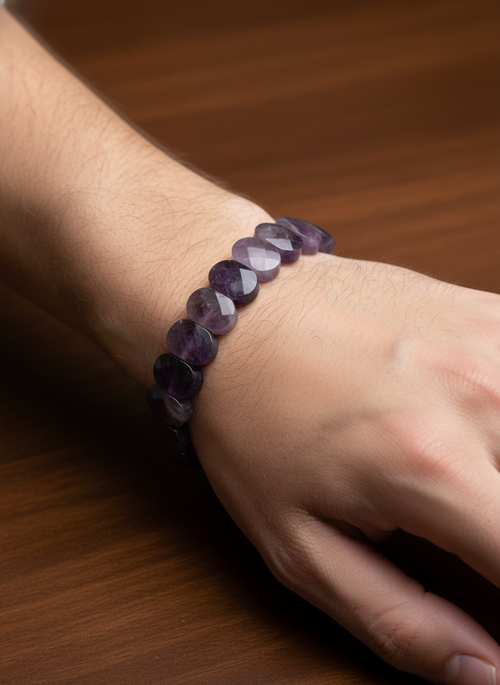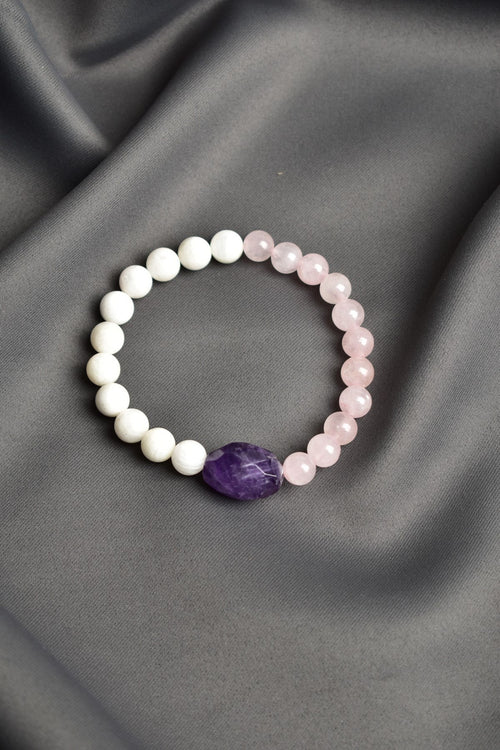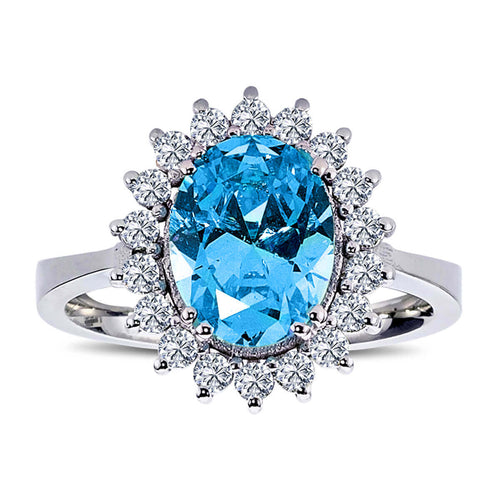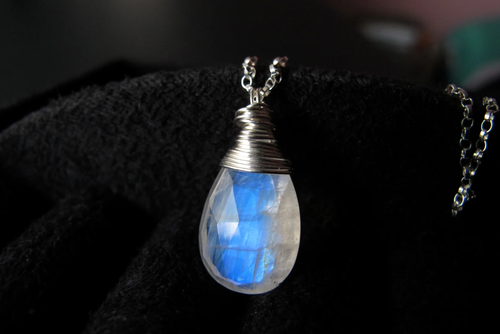ALL PRODUCTS IGSL INTERNATIONAL CERTIFIED
Zoisite is a natural stone that can be found in various colors and is valued as many different types of jewelry. First discovered in Austria, this stone was named after Slovenian scientist Sigmund Zois von Edelstein. The Zoisite mineral group is known for including stones such as Tanzanite and Anyolite. This article will provide detailed information about the properties of Zoisite, the regions where it is mined, its geological formation and areas of use.
1. Definition and Properties of Zoisite Stone
Zoisite is a stone belonging to the calcium aluminum silicate mineral group and ranks between 6 and 7 on the Mohs hardness scale. Zoisite can be found in a variety of colors, but the most common colors are shades of green, brown, pink, blue and gray.
- Color Variations: Zoisite can be found in different shades of color. Green Zoisite is usually due to its chromium content and can also be used as an emerald-like gemstone known as Anyolite. Pink Zoisite is a variant called Thulite, mined primarily in Norway. Blue Zoisite is known as Tanzanite and is the most valuable type of Zoisite.
- Crystal System: Zoisite has an orthorhombic crystal system. It is usually found in the form of prismatic crystals or massive structures.
- Luster and Transparency: Zoisite has a glass-like luster and is usually found as transparent or translucent crystals. High-quality Zoisite stones are clear and brightly colored, making them the stones of choice for jewelry making.
2. Geological Formation of Zoisite Stone and Regions Where It Is Extracted
Zoisite occurs in metamorphic rocks, especially in association with garnet, hornblende and plagioclase. The main countries where zoisite is mined are:
- Tanzania: Tanzanite, the most famous variant of Zoisite, is mined in the Merelani Hills in Tanzania. This area is the most important source of Tanzanite worldwide and the stones mined here are of high quality and rich blue-violet color.
- Norway: Norway is a region where pink Zoisite, specifically Thulite, is mined. Thulite is usually mined in the Telemark region of Norway and is known for its pink tones.
- Austria: Zoisite was first discovered in Austria, specifically in the Saualpe Mountains. The zoisite mined here is usually green or brown in tone.
- Kenya: Kenya is a major mining country for green Zoisite, especially Anyolite. Anyolite is formed by the combination of green Zoisite and reddish brown corundum and is often used in jewelry making.
3. Areas of Use of Zoisite Stone
Zoisite is used in various areas due to its unique color and durability. Here are the common areas of use of Zoisite stone:
- Jewelry: Zoisite is a popular stone used in jewelry making. It is often elegantly set in rings, necklaces, bracelets and earrings. The variety of colors of the stone gives the jewelry a rich and attractive appearance.
- Collection: Rare and high quality Zoisite stones attract great interest from collectors. Zoisite holds an important place in gemstone collections and is often exhibited in museums.
- Decoration: Zoisite stone is widely used in decorative arts and interior design. It is especially preferred in decorative objects such as carvings, sculptures and tabletop decorations.
- Investment: Zoisite stone is also preferred for investment purposes, especially with its variants such as Tanzanite. Large and clear stones are considered valuable investment tools.
4. Care and Cleaning of Zoisite Stone
Zoisite stone, although it has a durable structure, is a stone that needs to be cared for carefully. Here are some tips on caring for Zoisite stone:
- Cleaning: Use warm water and a mild soap to clean Zoisite. When cleaning the stone, use a soft cloth or brush to gently clean it. Avoid chemical cleaners as they can damage the surface of the stone.
- Storage: Store Zoisite separately from other stones to protect it from scratches. Wrapping the stone in a soft cloth can help protect the surface of the stone.
- Protection: When used as jewelry, Zoisite should be protected from impacts and excessive pressure. Avoid hitting hard surfaces.
Conclusion
Zoisite stone has an important place in the world of jewelry and collections with its variety of colors, brightness and durability. Zoisite stones, mined in countries such as Tanzania, Norway, Austria and Kenya, attract great attention especially in aesthetic and elegant jewelry. Zoisite stone attracts attention with its unique structure and color, and is a valuable stone that requires careful care.



























